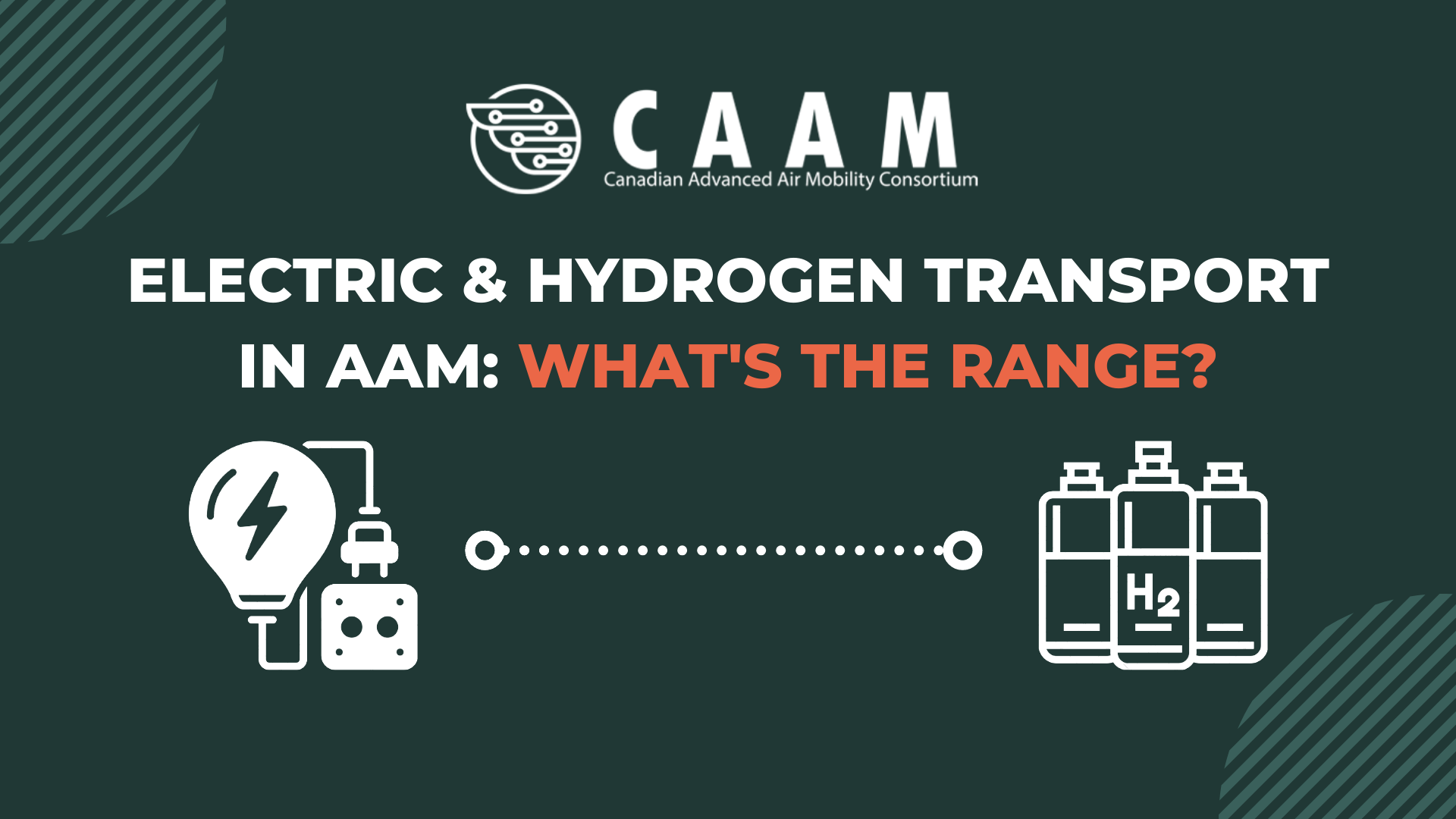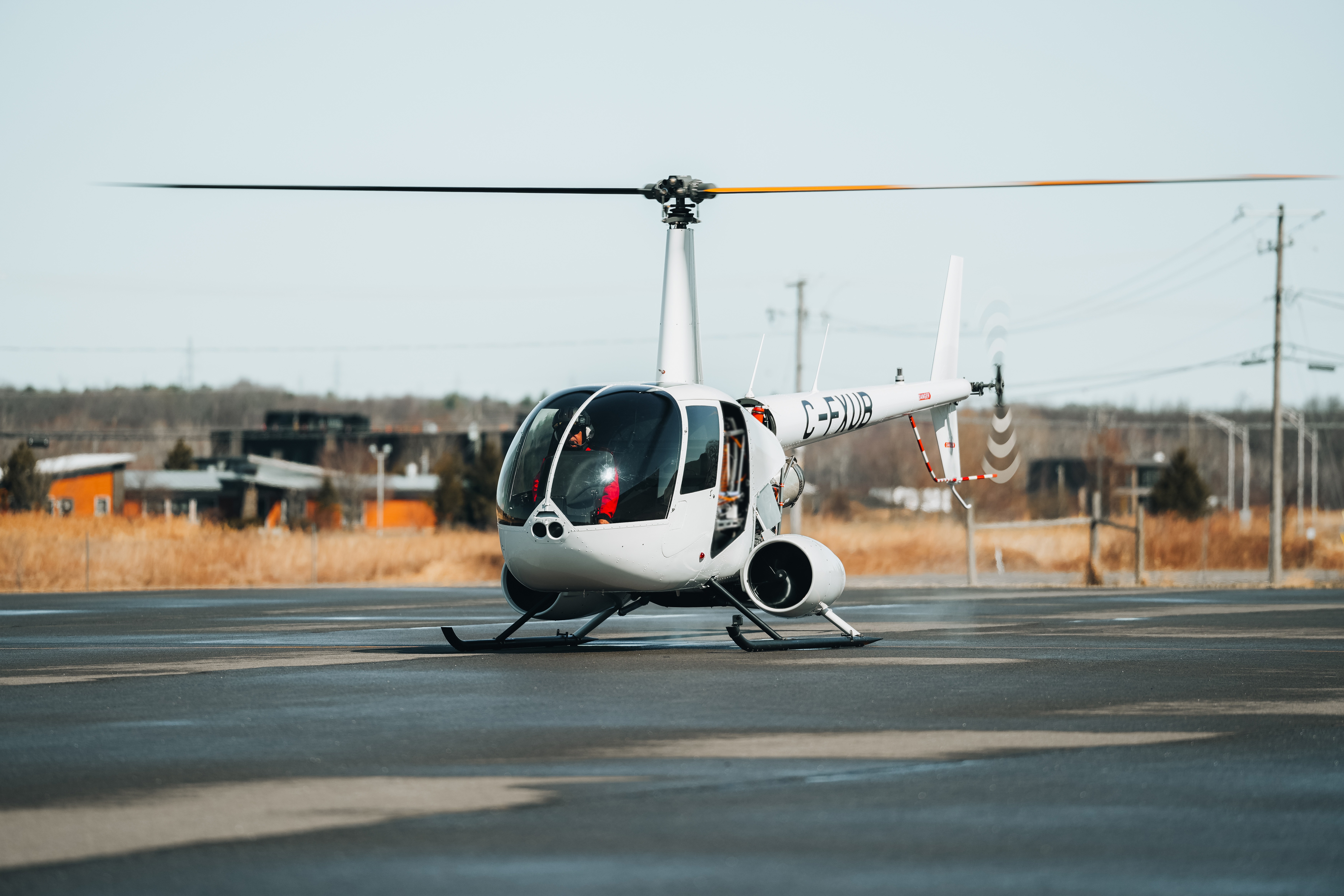 It’s common knowledge how far and fast a CTOL, or a STOL can go. Conventional aircraft are part of the modern world’s day-to-day, and few question if they can get to 900 km/h or can travel for 10+ hours with one “fuel tank.” But what about an AAM aircraft, such as a drone or a VTOL? They are a novelty and have a new environmentally friendly energy system. No more pollutants like kerosene, electricity and hydrogen are the AAM aircraft propellers.
It’s common knowledge how far and fast a CTOL, or a STOL can go. Conventional aircraft are part of the modern world’s day-to-day, and few question if they can get to 900 km/h or can travel for 10+ hours with one “fuel tank.” But what about an AAM aircraft, such as a drone or a VTOL? They are a novelty and have a new environmentally friendly energy system. No more pollutants like kerosene, electricity and hydrogen are the AAM aircraft propellers.
How far and fast can an AAM drone go?
There’s no definitive answer to this question because it depends on the drone model you’re analyzing. We’ll look at InDro Robotics Wayfinder and Drone Delivery Canada’s Sparrow & Robin XL.
The InDro Robotics drone can fly for up to 50 minutes and reach a max speed of about 35 km/h. The Wayfinder is currently commonly used for filming, as it’s compatible with a variety of hi-tech cameras, including those used in commercial landscape mapping using LiDAR and lighting equipment used on film sets.
Because Wayfinder’s main application is not to transport things from point A to point B, InDro Robotics focused on other aspects of the drone, such as stability and adaptability. The Wayfinder can operate in temperatures ranging from -30º Celsius to +50º Celsius, allowing operators to not worry about weather changes, which was previously a concern for many smaller drones.
On the other hand, Drone Delivery Canada has designed its aircraft to transport things from point A to point B, so you will notice them having a higher speed and range.
Sparrow, their smaller aircraft, has a range of 30 km and a max speed of 80 km/h, while the bigger one, Robin XL, has a range of 60 km and a max speed of 105 km/h. The Sparrow can transport up to 4.5 kg, while the Robin XL can transport 11.3 kg.
Sparrow can move cargo from Vancouver, BC, to New Westminster, BC, or Toronto, ON to Mississauga, ON, without recharging their batteries. Robin XL can go even farther, moving goods from Moncton, NB, to Sackville, NB, or from Winnipeg, MB, to Steinbach, MB, with only one charge.
How far and fast can an AAM VTOL go?
As you may have read in our other articles, there are so many aircraft types under the umbrella of Advanced Air Mobility. With so many aircraft and only a few drones in commercial operation, giving specific numbers around speed and range is challenging. We’ve already talked about the speed and range of some smaller aircraft, though to provide you with some sense of speed and range of bigger aircraft coming, we’ll also look at two different VTOLs that will be flying in the next decade: Wisk CORA and Beta ALIA-250.
CORA has a range of 100 km, a cruise speed of 180 km/h, and can reach a max altitude of 914 m. ALIA-250 has a range of 460 km, a cruise speed of 196 km/h (but the company targets to reach 270 km/h), and can reach a maximum altitude of 2.438 m.
CORA can fly two people from Saskatoon, SK, to Outlook, SK, with one charge in less than an hour. At the same time, ALIA-250 can fly five people from St. John’s, NL, to Grand Falls-Windsor, NL, without needing to stop and recharge in less than three hours.
And the best part is that green energy propels all the previously mentioned AAM aircraft. And those are only electric battery aircraft, with hydrogen fuel cells, like Airbus is planning, the autonomy gets closer to traditional aircraft.
Battery life in Canadian weather
Canada is a cold country; that’s undeniable. And the further north you go, the colder it gets. Lithium-ion batteries fare far better in wintry conditions than any other type of battery, but it doesn’t mean that it works in the cold as well as it works in warmer conditions; this happens because batteries have two main jobs: store and release energy. Cold gets in the way of those two jobs; the low temperatures increase the internal resistance, making it hard to both store and release energy.
Does this mean that AAM will never happen in Canada or any cold country? Definitely, not! These challenges make Canada a perfect place to test how ground vehicles and aircraft function in cold weather conditions. That’s why automotive manufacturers use Canada as a testbed for their cars, and aerospace manufacturers do the same for their airplanes. AAM manufacturers are already developing solutions for cold weather. Beta Technologies ALIA-250 aircraft uses environmentally sealed batteries, protecting them against the harsh Canadian climate. The seal protects the battery and diminishes the cold’s effects on an unsealed battery. And that’s only one solution. Indeed, as AAM progresses, other solutions will come up. And when hydrogen fuel cells become more popular, the cold won’t be a problem at all.
So even though the cold weather is a factor when considering an AAM zero-emission future, it’s not the biggest problem this future will face. And the best part is that people are already solving these challenges in small ways around the world, and these solutions can benefit more than just aviation. It can get us all to a more sustainable future for all of us. For more information on what is on hand for AAM this year, click here.
To know more about CAAM’s efforts to build a greener future, click here.
By Giovani Izidorio Cesconetto



